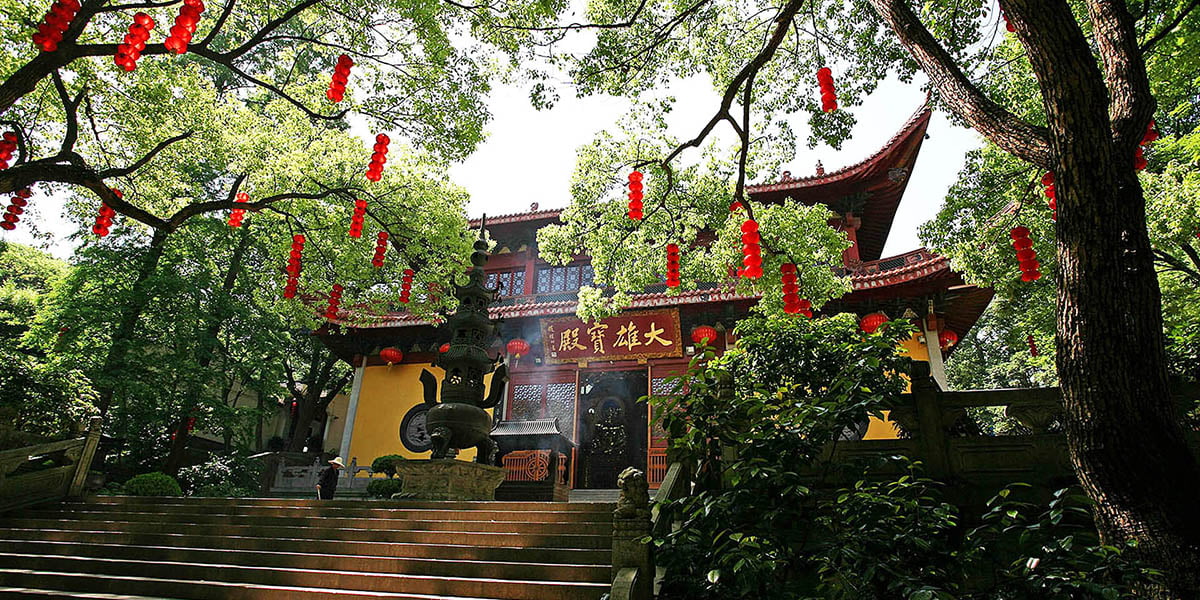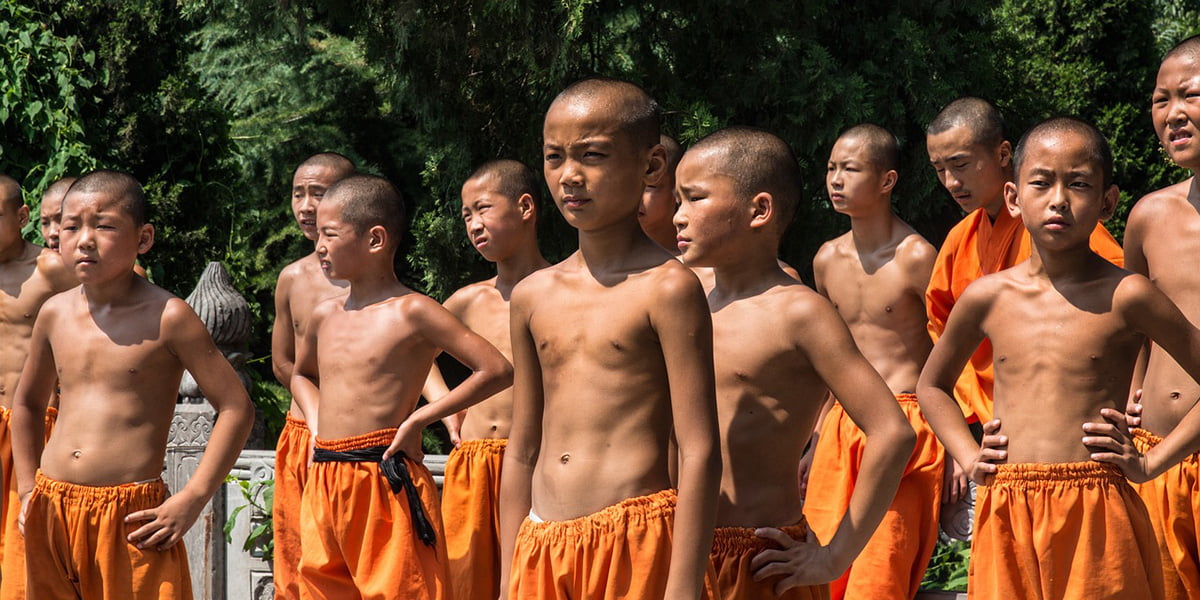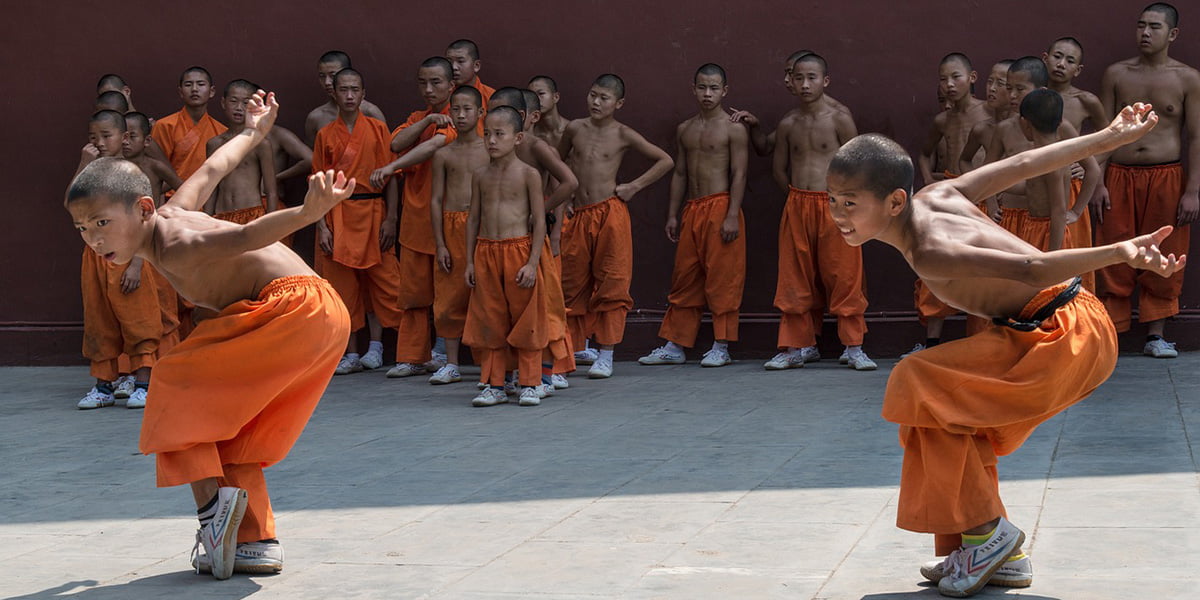Panda Conservation in China: A Journey Through the Land of the Majestic Giant
China, a nation steeped in history, tradition, and undeniable beauty, is home to one of the world’s most endearing creatures – the Panda Bear. But beyond the confines of ancient temples, sprawling metropolises like Beijing and Shanghai, and the winding paths of the Great Wall, lies a story of conservation, travel, and cultural significance surrounding these black and white wonders.

The Symbol of China: Why Panda Bears Matter
Pandas, with their round faces, curious eyes, and playful demeanor, are not just adored for their cuteness. They’ve become an emblem of peace and diplomatic strength. They symbolize the environmental and conservation challenges faced globally. In Chinese culture, the Panda is revered, seen as a symbol of harmony and tranquility.

The Panda: An Emblem of China’s Heart and Soul
To understand the depth of affection and reverence the Chinese people have for the Panda, one must look beyond its playful antics and cuddly appearance. The Panda, for centuries, has held a deep-seated place in the Chinese ethos. Its black and white coat symbolizes the harmony of yin and yang, the ancient philosophy of balance and duality that underpins much of Chinese thought and culture. This equilibrium reflects the nation’s aspiration for harmony, both with nature and within society.
For the Chinese, the Panda is more than just an animal; it’s a symbol of peace and a testament to the country’s commitment to conservation. Historically, during times of conflict or tension, China has gifted pandas to other nations as a gesture of goodwill, earning the creature the title of “China’s Diplomatic Ambassador.” In local folklore and tales, these majestic creatures are often portrayed as brave and resilient, overcoming adversities, further amplifying their status as national treasures. Their tranquil and gentle nature, combined with their symbolic representation of unity and peace, make them not just animals to be admired, but embodiments of the core values and aspirations of the Chinese nation.

Hidden Wonders: Fascinating Panda Facts
But did you know that a Panda’s diet is 99% bamboo? These massive creatures, weighing up to 150kg, spend nearly half of their day munching on bamboo, consuming up to 12kg daily. Despite being classified as carnivores, their diet shifted millennia ago. However, they still retain strong jaw muscles, allowing them to crush bamboo’s toughest parts.
Their distinctive black and white coat has its theories. Some scientists believe it aids in camouflage, while others suggest it’s a method to keep them cool in the summer and warm in the winter. Another charming fact? Their newborns are tiny, weighing just about 90 to 130 grams, a stark contrast to their impressive adult size.

The Panda’s Plight: From Endangered to Vulnerable
For decades, the Panda Bears were on the brink, teetering between survival and extinction. Their bamboo-rich diet and slow reproductive rate made natural population growth a challenge. In the 1980s, it was estimated that only about 1,200 wild pandas remained. Their plight was a wake-up call, and it began a massive nationwide and international effort to save them.
The Chinese government, in collaboration with global wildlife organizations, initiated conservation programs, established Panda reserves, and invested heavily in research. These efforts paid off. Today, there are over 50 reserves in China dedicated to Panda conservation, covering over 10,000 square kilometers.

Travel and Pandas: How Tourism is Making a Difference
As efforts to conserve the Panda population gained momentum, so did the interest of travelers and wildlife enthusiasts from around the globe. Cities like Chengdu became hubs for “Panda Tourism.” The Chengdu Research Base of Giant Panda Breeding, a facility dedicated not just to Panda conservation but also education, has welcomed millions of visitors keen on understanding these animals and the efforts behind their survival.

Beyond Chengdu: The Panda’s Footprints Across China
While Chengdu might be the epicenter of Panda tourism, the Panda’s footprints stretch far and wide across China. In Shaanxi’s Qinling Mountains, another subspecies of the Panda, recognized by its brown fur, roams. Xi’an, the ancient capital, is just a few hours away, making it a dual experience of historical marvels and wildlife wonders.
Similarly, in the Wolong National Nature Reserve in Sichuan, you’ll find a sanctuary dedicated to the wild breeding of Pandas, an attempt to reintroduce them to their natural habitats. The journey to Wolong can be coupled with a visit to the bustling city of Chongqing, another jewel in China’s vast landscape.
Wrapping It Up: The Journey Continues
The story of Panda conservation in China is a testament to what can be achieved with dedication, collaboration, and genuine care. For travelers, it offers an insight into China’s heart, beyond its iconic structures and ancient tales.
Travel in China is not just about ticking off destinations from a list. It’s about immersing oneself in stories, understanding the pulse of a nation, and witnessing firsthand the efforts to preserve its national treasures.
As you plan your next journey, consider China, not just for its landscapes, but for its tales of conservation, its commitment to a sustainable future, and, of course, its adorable, majestic Pandas.




